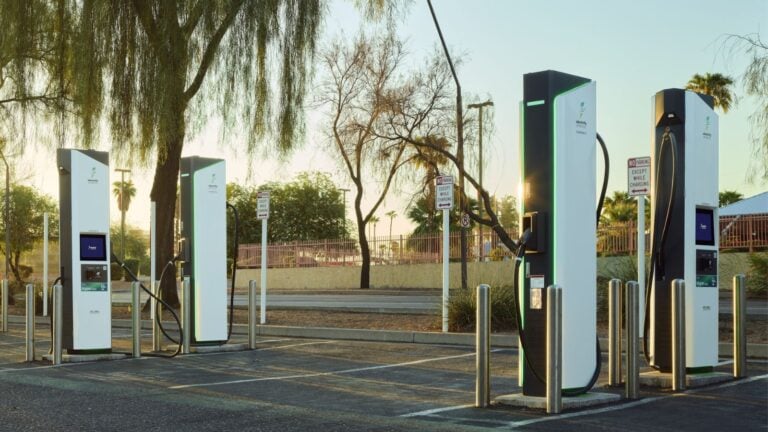What’s Happening: EnergyHub, a leading grid-edge DERMS provider, is partnering with Fermata Energy, the top V2G services provider, to help utilities utilize electric vehicles (EVs) as mobile distributed energy resources (DERs) and enhance grid resilience. This collaboration aims to streamline the process for utilities and fleet EV operators to access data, insights, and forecasting on how EVs can contribute energy back to the grid.
Why It Matters: As electrification of vehicles and buildings continues to rise, utilities must develop strategies to handle the increased load affordably and reliably. One approach involves using energy storage and other DERs, such as EV batteries, to manage electricity demand. This partnership between EnergyHub and Fermata Energy will help utilities better integrate renewable power, improve network resilience and reliability, and alleviate stress on distribution networks.
Key Points:
- EnergyHub’s EV solution, EnergyHub EV, will send utility signals to Fermata Energy’s AI-driven V2G platform, which will analyze data from multiple sources, including customer driving patterns, weather, utility rates, and more.
- Fermata Energy’s platform will then send simplified alerts to fleet customers about potential revenue opportunities by discharging energy stored in the EV battery to the grid or the customer’s building.
- The collaboration aims to ensure EVs become a grid resource rather than a constraint, improving grid reliability and reducing costs while maintaining a positive driver experience.
- EnergyHub currently manages 15 utility EV programs and provides over 60 utility clients with access to the industry’s largest DER partner ecosystem.
Bottom Line: The partnership between EnergyHub and Fermata Energy will enable utilities to better leverage EVs as mobile energy storage assets, supporting grid resilience and facilitating the integration of renewable power sources. By utilizing AI-driven V2G platforms and optimized charging solutions, this collaboration seeks to reduce costs, improve grid reliability, and simplify the management of EVs as distributed energy resources for both fleets and utilities.








